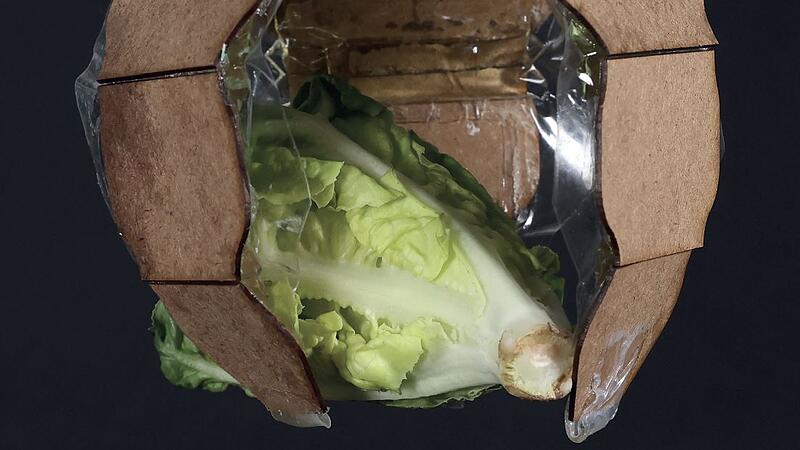Image: (JKU)
A research team from Austria, Germany and the USA has developed powerful artificial muscles for use in robotics that are biodegradable. Using these gelatin, oil, and bioplastic “actuators,” they built a compostable robotic gripper compatible with commercial robotic arms. The results were published in the journal Science Advances.
For years, Martin Kaltenbrunner and his team from the Soft Matter Physics department and the “LIT Soft Materials Lab” have been working on building movable machines with soft materials. For example, components made of gel should be able to convert an electrical signal into a movement.
Muscle is powered by electricity
The JKU team, together with scientists led by the Austrian Christoph Keplinger from the Max Planck Institute for Intelligent Systems in Stuttgart and the University of Colorado, has now developed an electrically powered artificial muscle. The muscle consists of a plastic bag filled with vegetable oil with two electrodes. When this high voltage is applied, electrostatic forces move the oil inside the bag. By switching the current on and off, the oil is pushed back and forth and the bag contracts and relaxes – much like a real muscle.
When you contract a lot of these muscles together, “you can increase overall strength — similar to muscle fibers,” Kaltenbrunner explained. “The performance is therefore as high as that of actuators made of non-biodegradable materials.” He sees them as “an ideal building block for future biodegradable robots because they can be easily integrated into different systems”.
If the artificial muscles are damaged at some point or no longer function properly, they can simply be disposed of in the organic waste bin. Under controlled conditions, they would degrade completely within six months. The first authors of the publication, Ellen Rumley from the Max Planck Institute and David Preninger from the JKU, see the biodegradable components as a “sustainable solution, especially for single-use applications in medical treatments”.
Source: Nachrichten




